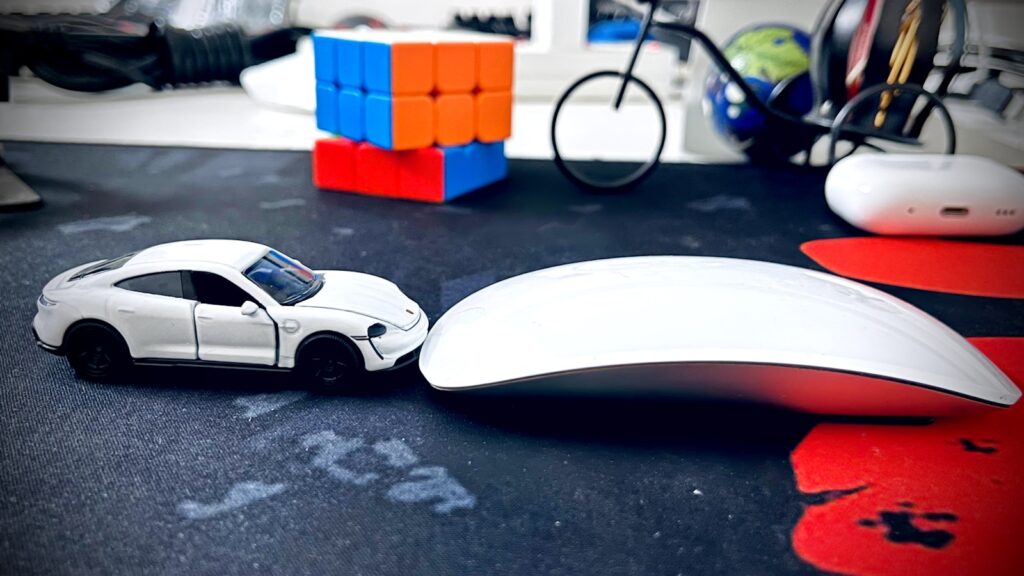Mouse pads are essential accessories for every computer user, providing a smooth surface for mouse movement, protecting desk surfaces, and enhancing the overall computing experience. Custom mouse pads take this a step further, offering unique designs that can reflect personal style, brand identity, or promote businesses. This guide will walk you through the process of designing the perfect custom mouse pad, ensuring it’s both functional and visually appealing.
Understanding the Basics
Why Custom Mouse Pads?
Custom mouse pads offer several advantages:
Personalization: Showcase personal artwork, photos, or designs.
Branding: Promote your business or brand with custom logos and messaging.
Gift Options: Unique and thoughtful gifts for friends, family, or clients.
Marketing: Effective promotional items for events and giveaways.
Types of Mouse Pads
Before diving into the design process, it’s important to understand the different types of mouse pads available:
Standard Mouse Pads: Basic rectangular or circular pads.
Extended Mouse Pads: Larger pads that can accommodate both a keyboard and mouse.
Gaming Mouse Pads: Designed for gamers, these pads often have enhanced surface textures and larger sizes.
Ergonomic Mouse Pads: Feature built-in wrist rests to provide additional comfort and support.
Designing Your Custom Mouse Pad
Step 1: Define Your Purpose
The first step in designing a custom mouse pad is to determine its purpose. Are you creating a mouse pad for personal use, as a gift, or for business promotion? Your purpose will guide your design choices, including the type of pad, design elements, and overall aesthetics.
Step 2: Choose the Right Material
Mouse pads can be made from various materials, each offering different benefits:
Fabric: Soft, smooth, and comfortable; ideal for general use.
Plastic: Durable and easy to clean; great for high-precision tasks.
Rubber: Provides excellent grip and cushioning; commonly used for ergonomic pads.
Metal: Sleek and modern; offers a unique tactile experience.
Step 3: Select the Shape and Size
The shape and size of your mouse pad are crucial for both functionality and design. Standard sizes typically range from 9×7 inches to 36×18 inches for extended pads. Consider the available desk space and how the pad will be used when selecting dimensions.
Step 4: Design the Artwork
Creating the artwork is the most exciting part of designing a custom mouse pad. Here are some tips to ensure your design stands out:
#Colors and Themes
Color Scheme: Choose colors that complement your workspace or brand identity. Bold colors can make your design pop, while muted tones create a sleek, professional look.
Theme: Decide on a theme that reflects the purpose of your mouse pad. For personal use, consider hobbies, favorite quotes, or artistic designs. For business use, focus on logos, brand colors, and slogans.
#Image Quality
Resolution: Use high-resolution images (at least 300 DPI) to ensure crisp, clear prints.
File Format: Save your artwork in a suitable format, such as PNG or JPEG, for best printing results.
#Design Elements
Logos and Text: If including logos or text, make sure they are positioned clearly and are easily readable. Avoid overcrowding the design.
Patterns and Backgrounds: Incorporate patterns or textured backgrounds to add depth and interest to your design.
Step 5: Use Design Tools
Several online tools and software can help you create stunning custom mouse pad designs:
Adobe Photoshop/Illustrator: Professional software with advanced design capabilities.
Canva: User-friendly online tool with pre-made templates and design elements.
GIMP: Free, open-source alternative to Photoshop.
Step 6: Test the Design
Before finalizing your design, test it by printing a draft on paper. This will give you an idea of how the colors, text, and images will look on the actual mouse pad. Make any necessary adjustments to ensure the final product meets your expectations.
Ordering Your Custom Mouse Pads
Step 7: Find a Reliable Supplier
Choosing a reputable supplier is crucial for getting high-quality custom mouse pads. Look for suppliers that offer:
Customization Options: Ensure they can accommodate your design specifications, including size, shape, and material.
Quality Assurance: Check for reviews and ratings to gauge the quality of their products.
Pricing and Discounts: Compare prices and inquire about bulk discounts if ordering multiple mouse pads.
Step 8: Place Your Order
Once you’ve selected a supplier, follow these steps to place your order:
Upload Your Design: Provide the final design file to the supplier, ensuring it meets their requirements.
Specify Details: Include any specific instructions regarding size, shape, material, and additional features like non-slip backing or ergonomic support.
Review Proofs: Request a proof or sample to review before the full order is produced. This allows you to make final adjustments if needed.
Step 9: Confirm Delivery and Review
After placing your order, confirm the delivery timeline with the supplier. Once you receive the custom mouse pads, review them for quality and accuracy. If there are any issues, contact the supplier to resolve them.
Caring for Your Custom Mouse Pad
Cleaning and Maintenance
Proper care will extend the lifespan of your custom mouse pad:
Regular Cleaning: Wipe the surface with a damp cloth to remove dust and debris. For fabric pads, hand wash with mild soap and water, then air dry.
Avoid Harsh Chemicals: Do not use harsh cleaning agents, as they can damage the design and material.
Storage: Store your mouse pad flat or rolled to prevent creases and damage.
Replacing When Necessary
Even with proper care, mouse pads can wear out over time. Replace your mouse pad if you notice:
Surface Wear: Visible signs of wear, such as fading or fraying edges.
Loss of Functionality: Decreased mouse performance or comfort.
Game-Changing Fidget Computer Mouse for Children(Opens in a new browser tab)
Conclusion
Designing the perfect custom mouse pad involves careful consideration of purpose, materials, size, and design elements. By following the steps outlined in this guide, you can create a unique and functional mouse pad that meets your needs and enhances your workspace. Whether for personal use, as a gift, or for business promotion, a well-designed custom mouse pad is a practical and stylish addition to any desk.
